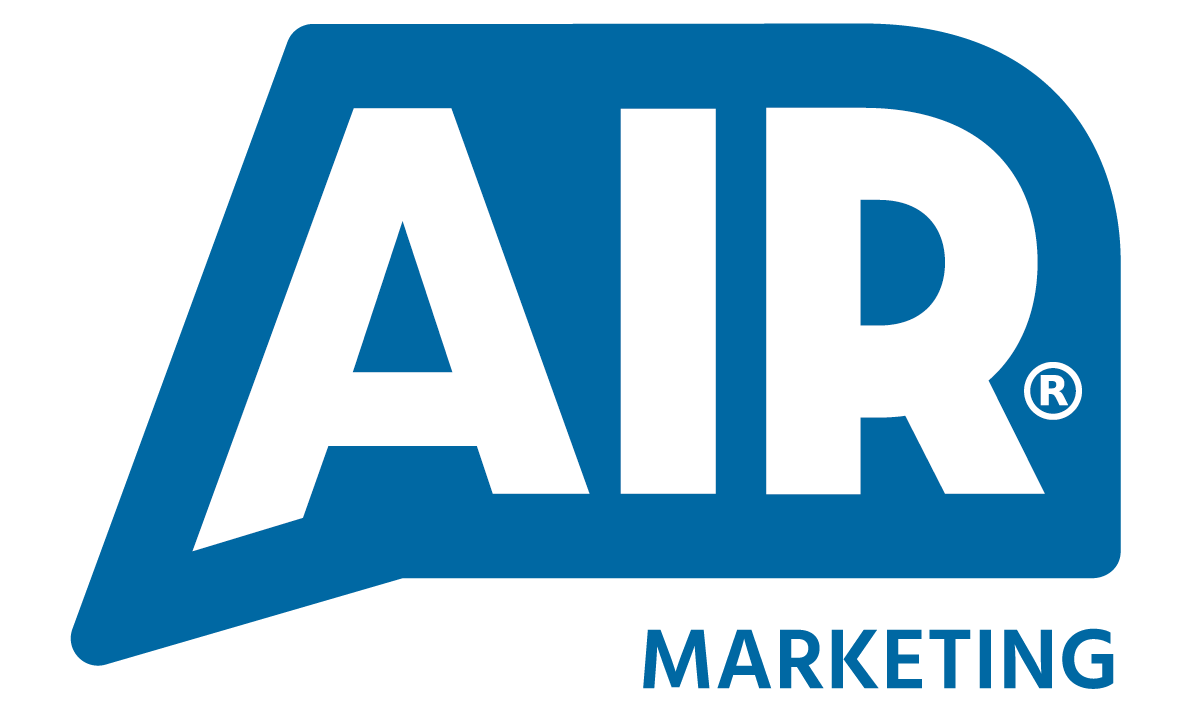We may be an ambitious and hungry start-up but we are anything but inexperienced. Collectively we have over 20 years of marketing knowledge and have worked with many businesses that struggle with marketing, both large and small within numerous industries.
Our experience has revealed that when it comes to marketing there are a number of circumstances that affect businesses and prevent them from really reaping the rewards that marketing can offer. We know that marketing activity can make a big difference to your business in generating leads, nurturing a sales pipeline and, importantly, creating revenue. For Roots it’s a matter of working smarter and delivering marketing that drives results…
We have identified the top 5 reasons why businesses struggle with marketing. So if you want to break through the marketing barriers experienced by businesses today, read on…
-
Strategy
Marketing has come a long way in the last 20 years; with advancements in technology there are now hundreds of ways to market your business. From hashtags to direct mail and search engine optimisation to email nurturing, there is a lot to get your head around and it’s difficult to know what works and what doesn’t. Is it any wonder business owners struggle to figure out where to start?
It may sound obvious, but like most things in life you need to start with a strategy and a plan. Working your way through all of the elements of a robust marketing strategy will help you to navigate todays marketing landscape and this will then identify what marketing tools to use, how to use them and when.
Your marketing strategy should highlight how you aim to build and nurture prospects and customer relationships for the long term. Identifying all the marketing activity that reaches out to your prospects, and guiding them through the sales funnel until you finally convert them into an engaged customer, a process known as Demand Generation.
-
Consistency
Even with a strategy in place and a better idea of which marketing tools to use, things will not be as straight forward as you think. As a business owner you will want to see instant results for the efforts of your marketing, but the best results come in time.
All too often we see companies panic and, in a desperate bid to increase sales, implement reactive marketing campaigns. In most of these scenarios, strategy goes out the window and time frames become unrealistic, as companies desperately try a whole range of activity to create leads and close sales.
The key to marketing is persistence and consistency.
If you have taken the time and the trouble to create a brand, and all the things that come with it, then the existence of your brand and offering deserves continued and prolonged attention. This helps your prospects to identify you and what you do in the market against your competitors. If you are also consistent with your messaging and marketing activities, your market will begin to trust you and when the time comes they will come to you for what they need.
Once you have a solid flow of consistent day to day marketing activities, it is important to keep trying new things, testing and measuring, learning and developing to improve the impact of your marketing and your results.
If you focus on using a mixture of proven marketing tactics to reach your target audience and produce marketing qualified leads for your sales team, you can start to prove the difference that great marketing can make on revenue.
-
Dedicated marketing resource
Marketing is one of the main areas of any business and as such should be treated accordingly. So many people don’t get started with marketing because they don’t have a dedicated marketing person to do the job, or it becomes part of someone else’s role.
There is so much to be done by a marketing team, and therefore marketing needs to be owned – implemented by someone who is going to get the work done. In order to be a success, it needs someone who can dedicate the time and resource to it, building knowledge about what works and what doesn’t.
Your dedicated marketing resource can facilitate implementing strategic Demand Generation techniques, to bridge the gap between the sales and marketing functions of your business, delivering leads that your sales team crave whilst also building your brand within the market. A Demand Generation strategy focuses on drawing in marketing qualified leads (MQLs) to your business who are already engaged with your brand. This helps align marketing to sales, who will be under pressure to seek out new opportunities, developing their own pipeline and convert sales qualified leads (SQLs) into new customers.
-
Time
Many businesses and business owners confess that they don’t have the time, or they don’t dedicate enough time to marketing. Business owners want to increase revenue and profitability in the most efficient manner but are quite often a central resource for many different individuals within the business. Detrimentally, in many businesses marketing lies at the bottom of the priority list and consequently is the last thing to get done, if at all.
Just like accounts or sales, marketing is an important business function and deserves dedicated time. You can have the best product or service in the world, but if you don’t spend time telling anyone about it by marketing it effectively, you’re not going to get the results that you’re looking for.
Demand Generation is a measurable strategy to invest in which will have an impact on both your marketing and sales departments. With the aim to drive leads into the business and to make an impact on your revenue. Delivering warm, MQLs directly to the sales team, allows the team to spend more time working on converting warm leads, rather than just prospecting cold leads which overall can save the business time.
-
Money
Many business owners think they need a lot of money to implement marketing activities, but surprisingly it doesn’t have to break the bank.
If you want to see ROI from your marketing efforts; you must trust and work from your strategy. By investing in a dedicated resource, you can ensure momentum and consistency are maintained.
Born from a sales environment Team Roots understand the importance that marketing has on all teams within a business, especially those responsible for generating revenue. We understand that seeing ROI is important to you and how marketing can slot into your business to save you time. If you’re looking to partner with a company that delivers intelligent marketing with a sales attitude– give us a call on: 01392 796702 or email: contact@roots2market.co.uk. Visit our services page for more information on the services that we offer.




